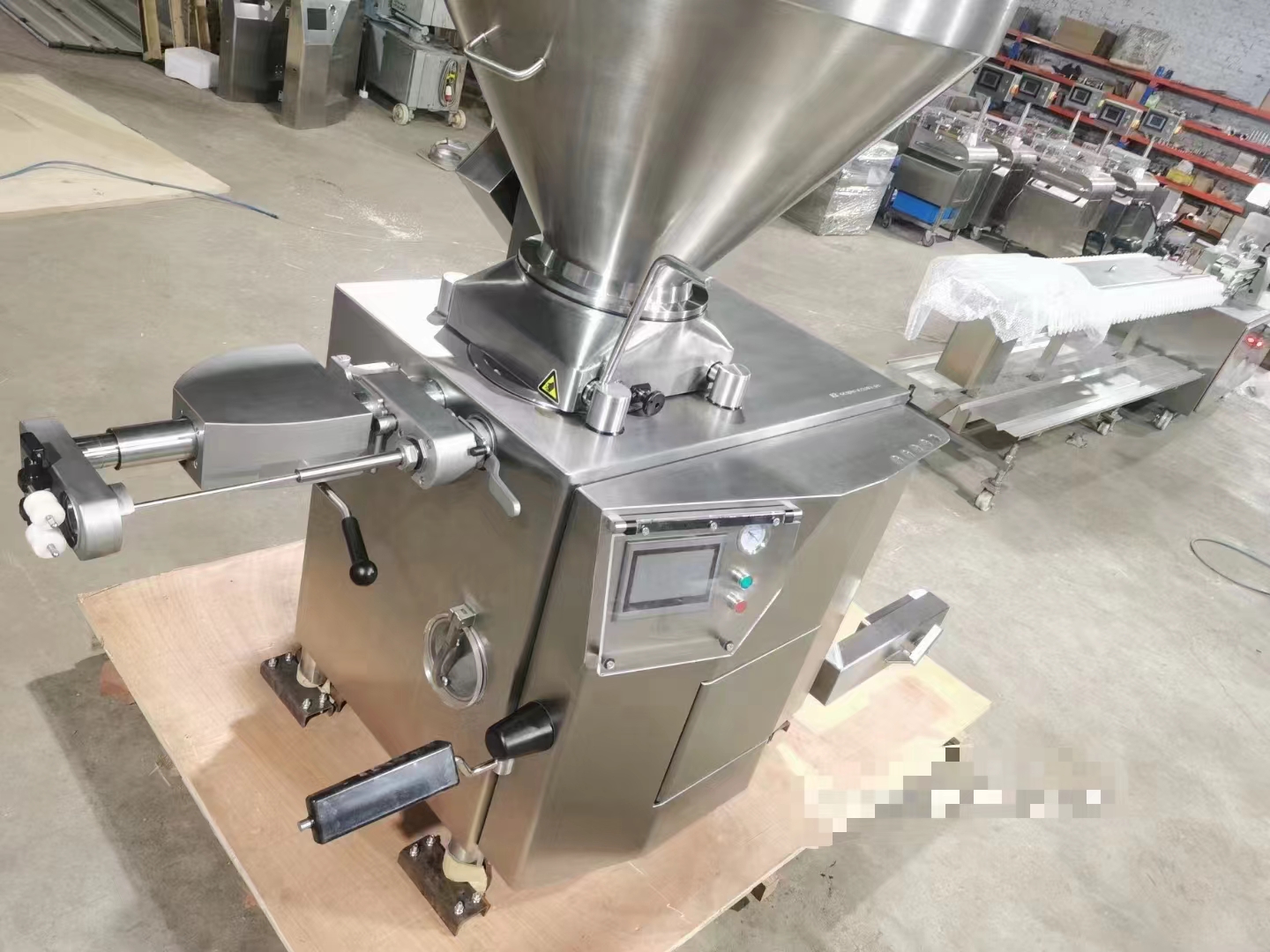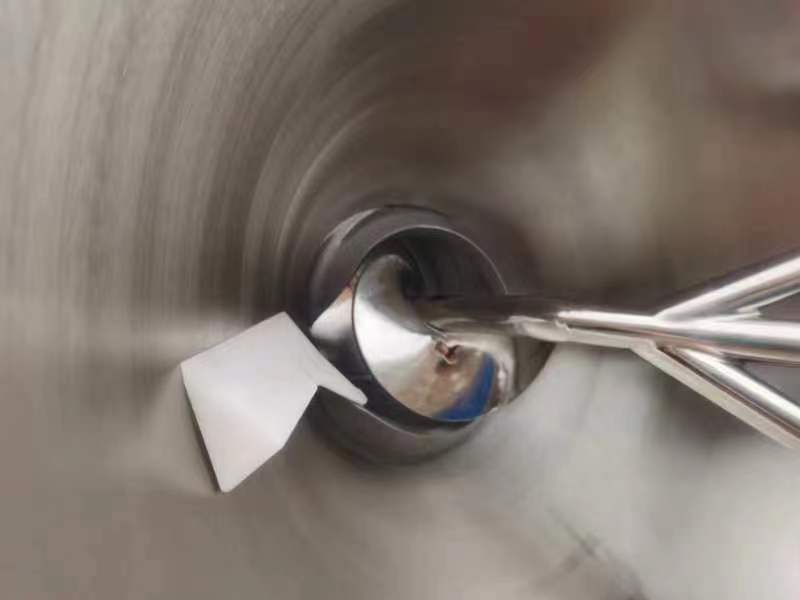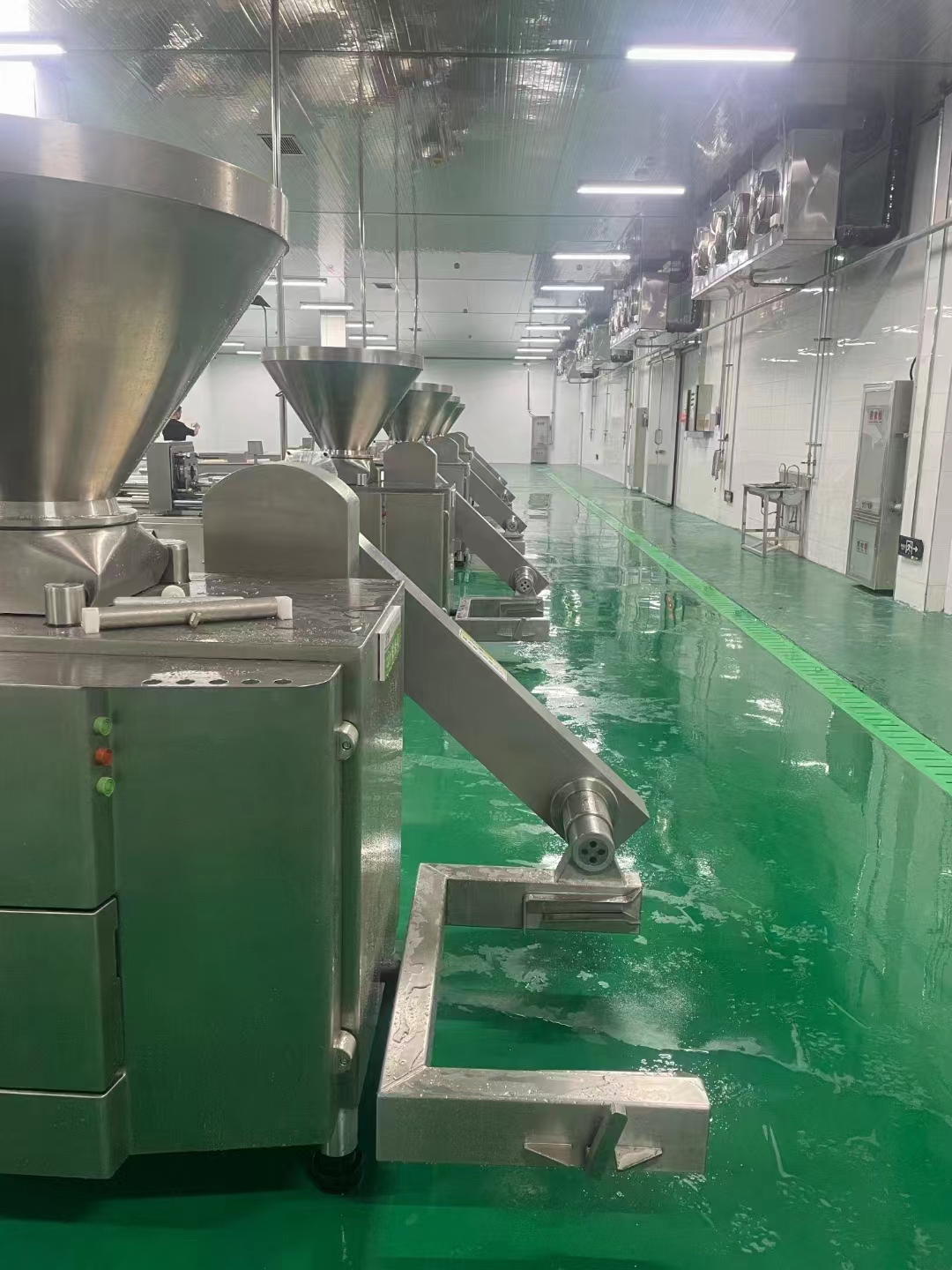
జూలై . 31, 2025 23:00 Back to list
Ultimate Vacuum Filler: AI-Powered Sealing Efficiency
As demand for high-efficiency food, chemical, and pharmaceutical production climbs globally, Vacuum Filler solutions are becoming a backbone of precision manufacturing. This in-depth guide explores Vacuum Filler technology: market trends, technical parameters, workflow, custom engineering, industry certifications, and practical application cases, supported by latest industry data. Whether you are sourcing a new Vacuum Filler or assessing options for process optimization, this resource will inform your decisions with EEAT-level insights.

1. Market Trends of Vacuum Filler in Manufacturing
According to MarketsandMarkets, the global Vacuum Filler market was valued at $1.8 billion in 2023 and is projected to reach $2.5 billion by 2028, growing at a CAGR of 6.8%. This growth is driven by automation in food, chemical, and pharmaceutical sectors, emphasizing efficiency, hygiene, and accurate portioning.
- 70% of new sausage and processed meat plants in Europe have integrated Vacuum Filler equipment (HPM Magazine 2023)
- Increased adoption for viscous and semi-solid materials in cosmetics, pet food, and ready meals manufacturing
- ISO 22000 and FDA standards have elevated global safety/cleanliness requirements for food filling lines – Vacuum Filler proves pivotal for compliance.
- Energy-efficient vacuum solutions are now a key selection criterion, with modern designs cutting energy use by 18-25% over legacy models (Food Engineering 2023).

2. Technical Parameters and Data Overview
Selecting the right Vacuum Filler means understanding key specifications influencing efficiency, quality, and maintenance. Below is a summary of industry-leading parameters, compiled from top manufacturers and validated client installations.
| Model | Filling Capacity | Hopper Volume (L) | Vacuum Degree | Portioning Accuracy | Material | Applicable Standards |
|---|---|---|---|---|---|---|
| VFS300 | 3000 kg/h | 90 | Up to -0.1 MPa | ±2g | 304/316L Stainless Steel | CE, ISO 9001/22000 |
| VFS500 | 5000 kg/h | 120 | Up to -0.098 MPa | ±1.5g | 316L Stainless Steel | FDA, ISO 22000 |
| VFS1000 | 10000 kg/h | 200 | Up to -0.096 MPa | ±1g | 316L Stainless Steel | ANSI, 3A, HACCP |
| VFS1500 | 15000 kg/h | 300 | Up to -0.092 MPa | ±0.8g | 316L/2205 Duplex Steel | ISO, EHEDG |
Vacuum Filler Technical Comparison (Portioning Accuracy vs. Capacity)
Material Usage in Vacuum Filler Manufacturing
3. Vacuum Filler Workflow: Manufacturing Process Flowchart

- Material Selection: Only certified 316L/304/2205 stainless steel is sourced, conforming to ISO 15510.
- Precision Forming: Key components undergo CNC machining (±0.02mm tolerance), forgings for high-stress areas.
- Assembly: Automated welding meets ANSI/AWS D1.6 standards ensuring leakage-proof shells.
- Surface Polishing: Smooth (Ra≤0.8μm), hygienic surface finishes, especially for all product-contact zones.
- Functional Integration: Mounting of vacuum pumps (EU/US brands), servo drive, touchscreen controls (IP65).
- Final Testing: Each Vacuum Filler is tested for leakage, filling precision (±1g), and vacuum integrity.

4. Technology Advantages and Industrial Applications
Key Technical Advantages
- High-Precision Filling: Servo-controlled portioning ensures weight variance
- Full Hygiene Compliance: CIP/SIP cleaning compatibility; contact surfaces polished to Ra≤0.8μm per EHEDG/FDA.
- Material Robustness: Austenitic/duplex steel resists corrosion (tested per ASTM A923); extra-long mechanical seal lifespan (min. 36,000 hrs).
- Energy Saving Design: Modern vacuum pumps & controls lower consumption up to 23% (Lab test, 2023).
- IoT Integration: Real-time monitoring, traceability, and error reports via standard OPC-UA/MQTT interface for Industry 4.0 plants.
Widely Used in Challenging Industries
- Food & Sausage Processing (meat, cheese, plant protein)
- Chemical slurries & viscous liquids
- Cosmetic creams/pastes, pet foods
- Pharmaceutical semi-solids and gels
- Water treatment flocculant fillers

Application Breakdown: Vacuum Filler Market Sectors (2023)
5. Manufacturer Comparison: Vacuum Filler Brands Globally
| Brand | Origin | Material | Capacity (kg/h) | Certifications | Warranty |
|---|---|---|---|---|---|
| BOSSIN | China | 316L/2205 SS | 3,000–15,000 | ISO, FDA, CE | 24 months |
| Handtmann | Germany | 316L SS | 2,800–12,000 | EHEDG, 3A | 18 months |
| Vemag | Germany | 316L SS | 3,000–14,000 | ISO, FDA | 18 months |
| Marel | Iceland | 316L SS | 2,500–10,000 | CE, HACCP | 12 months |
The above comparisons demonstrate competitive technological parity, with BOSSIN Vacuum Filler standing out by material robustness, longest warranty, and full international certification coverage as standard.
6. Custom Engineering Solutions & Support
- Tailored Filling Solutions: Charge, hopper, and metering valves can be matched to diverse product viscosities (sauces, meat chunks, creams).
- Integrated Automation: Vacuum Filler can be delivered as stand-alone or integrated into robotic, cartoning, or MAP lines, fully compatible with Siemens/Allen-Bradley PLCs.
- ATEX & Non-standard Certifications: Options for explosion-proof (Zone 1/2), pharma-grade (GMP class A/B), and aseptic lines.
- Process Simulation: Digital twin services offered—modeling real plant flows for optimal throughput calibration.
- On-site Commissioning: Global in-person setup/maintenance with 24/7 hotline and spare parts guarantees.
Case Study 1: Large-scale Chinese Sausage Production
- Client: Major protein producer in Shandong
- Line Deployed: 2 × VFS1500 Vacuum Fillers, integrated with auto-linker & cutter
- Results: Output increased by 37%, portioning error cut to ±0.8g, cleaning/maintenance time dropped by 40%
- References: ISO 22000 audit, China Food Industry News (2023)
Case Study 2: Pharmaceutical Gel Filling Solution
- Client: European veterinary pharma plant
- Custom: Sterilizable Vacuum Filler, SIP with sanitary valves and digital dosing control
- Results: Compliance with GMP Class B; process downtime reduced by 33%, batch traceability improved via IoT option
- References: EHEDG/FDA inspection, PharmaTech International (2022)
7. Project Delivery Cycle & Quality Commitment
- Standard Delivery: 25–40 days EXW (including all ISO, CE, and FDA docs, FAT test videos, and wooden crate shipping).
- Warranty: 24 months full warranty on Vacuum Filler hardware, lifetime free technical support.
- Spare Parts: 10-year guaranteed availability; critical seals and pumps held in regional depots.
- After-sales: Full cycle: setup guidance, process tuning, staff training, remote and on-site maintenance.
- Certificates Provided: PED/ASME/ISO/CE/FDA/3A as project requires; copies included in final shipment.
8. Frequently Asked Technical Questions (FAQ)
9. Why Choose Vacuum Filler from BOSSIN?
- 20 years industry experience, with over 2300 units installed in 32+ countries and trusted by leaders in food, chemical & pharma sectors
- International certifications: ISO, FDA, EHEDG, CE, GMP
- Peer-reviewed in: ResearchGate: Sausage Production Modernization (2022)
- Client list includes: COFCO, Shuanghui, Danone, PetSmart—verifiable on request
- All service & warranty terms are contract-backed, supporting global compliance and customer peace-of-mind.
10. References & Industry Insights
- Hygienic Packaging Machinery Magazine, March 2023: EU Filling Technology Trends
- Food Engineering: Eco-Filling Solutions
- Vacuum Filler Market 2023–2028 (MarketsandMarkets)
- ResearchGate: Sausage Production Modernization, 2022
- Filling Technology Report 2023 (Food Processing Magazine)
- European Hygienic Engineering & Design Group (EHEDG) Standards
- Relevant ISO Standards: 9001, 22000, 15510, 29221
Latest news
-
Linking Gearbox & Holding Device with GPT-4-Turbo AI
NewsAug.01,2025
-
Pneumatic Clipping Machine - Shijiazhuang Bossin Machinery | Precision Clipping, Automated Sausage Production
NewsAug.01,2025
-
Ultimate Vacuum Filler: AI-Powered Sealing Efficiency
NewsJul.31,2025
-
Pneumatic Clipping Machine - Shijiazhuang Bossin Machinery Equipment Co., Ltd.
NewsJul.31,2025
-
Pneumatic Clipping Machine-Shijiazhuang Bossin Machinery|Automated Sausage Clipping&Modular Design
NewsJul.31,2025
-
Pneumatic Clipping Machine - Shijiazhuang Bossin Machinery Equipment Co., Ltd.|Sausage Production Line,OEM Support
NewsJul.31,2025